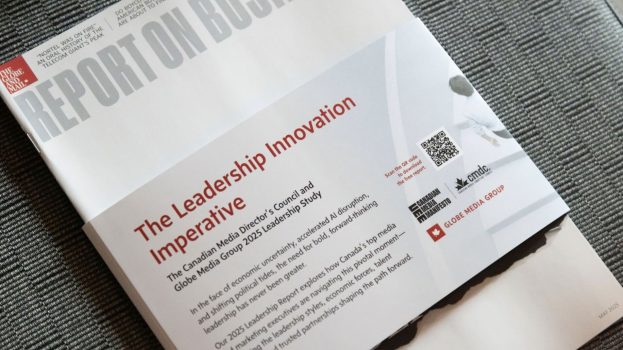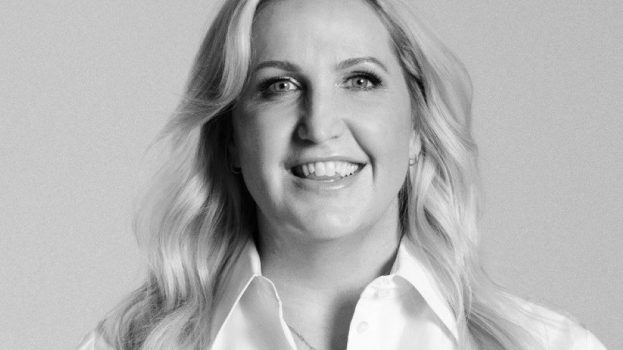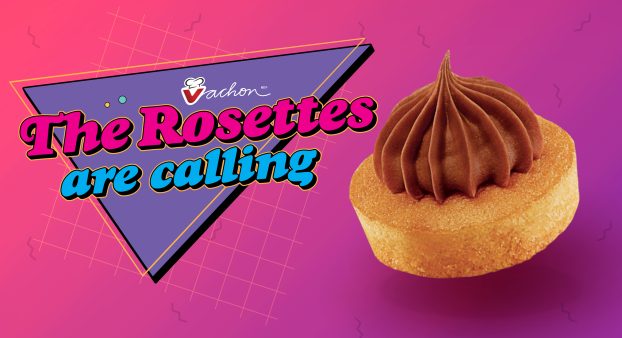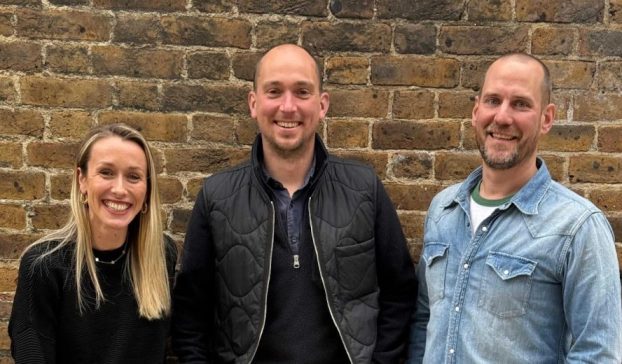Although this situation appears desperate, an open, honest and consistent communications plan during the first 48 hours will help minimize potential damage to the reputation of the candy bar and its manufacturer.
The ability to respond in this crisis and to plan a coherent and effective action plan must be guided by a number of considerations.
The first one is the judicial process. Having been charged, the ballplayer will appear in court today or tomorrow, apply for bail and presumably plead not guilty.
Unless the charges are dropped, there will be a series of pleadings, hearings and perhaps even a trial, thus guaranteeing the story will resurface and generate media coverage periodically over the next several months and conceivably throughout the entire baseball season. It will definitely not be put to bed after just a day or two.
With this matter potentially before the courts, care must also be taken to ensure that company spokespeople do not say or do anything to prejudice the ballplayer’s legal rights or harm his case.
At the same time, contractual and financial commitments should continue to be honored.
Not only does the company have a contractual commitment to the ballplayer, but its entire marketing program is based on his personal endorsements.
Therefore, there could be a significant financial impact on the company if the program is substantially altered.
Finally, this crisis may be an opportunity to turn a negative into a positive. The ballplayer is both young and popular, with a good image, so it is reasonable to assume there is a reservoir of goodwill towards him.
Therefore, in the early hours of this crisis, the company would be unwise to act precipitously and distance itself too much from its star endorser.
By maintaining its support at least until the facts are known, the company will have a chance to gain credibility in the long run.
Immediate action
As in most crises, there is a dearth of information in the early stages.
Although the company must act immediately by responding to events, its initial response should not restrict future options.
We would recommend a conservative approach until all the facts are known and all of the options are fully assessed.
The first order of business is to prepare for the media in the morning. To do this, we suggest the following:
ú Be accessible and willing to respond openly to media inquiries.
ú The director of marketing, and only he, should speak on this issue.
In order to facilitate this, instructions must be given to receptionists and secretaries to route and log media calls and deal with the media should they show up in person.
In addition, we will immediately begin to rehearse the director of marketing’s answers and help improve his technique for dealing with the media.
ú A phone call should be made immediately to the ballplayer and his lawyer.
We need to know the legal strategy which they intend to pursue and what they intend to say in their defence, as well as determine the possibility of contradictory evidence being released or reported (for example, witnesses who would contradict the ballplayer’s claim of innocence.)
In the best of all worlds, our public relations strategy should be consistent with the legal strategy.
ú We will prepare consistent key messages and stick to them.
For the first day, we should explain the company does not condone the behavior of the athletes in the bar, but that we believe our ballplayer is an innocent bystander who will be exonerated when the facts become known.
We should add we have no plans to alter current arrangements with the ballplayer. However, if asked, we do not speculate on what the company might do in the future.
Key messages should be reviewed daily, particularly in the first few days, to ensure they are still relevant and consistent with the company’s objectives.
ú Receptionists and secretaries should be prepared to receive and log calls from customers, suppliers and the public.
The ad agency should be contacted today and asked to prepare by noon tomorrow an analysis of all of the company’s existing advertising and promotional commitments and the financial impact of changing any of them.
Longer term
A story like this will be reported by every sports writer and broadcaster in North America and probably beyond.
We cannot control the news coverage of this event, but we can ensure the company’s point of view is included in the reporting.
We would not recommend doing anything to promote media contact, since the company is a third party in this story and is unlikely to be the main focus of coverage.
We would begin work immediately, preparing a contingency marketing program which does not include use of this ballplayer’s endorsement.
The news coverage and customer sentiment about this story should be monitored carefully, and we should be ready to implement the contingency program should public sentiment turn. Just because the ballplayer is innocent does not mean his reputation will be unscarred.
Should the coverage of this incident become pervasive and consistently negative, we should implement a marketing research program to measure awareness of this issue among the company’s customers and assess any potential damage to the brand by continuing the relationship with this athlete.
Since this story will likely resurface on a regular basis over the next months, consideration should be given to setting up a regular tracking study to measure any changes in consumer attitude and awareness over this period of time.
To the extent that any special appearances have to be cancelled or postponed, we should work directly with event organizers to set up alternate arrangements for a later time either when emotions are not running so high or after the status of the ballplayer is known.
Paul Costello is president of Toronto-based public relations agency Continental PIR.























